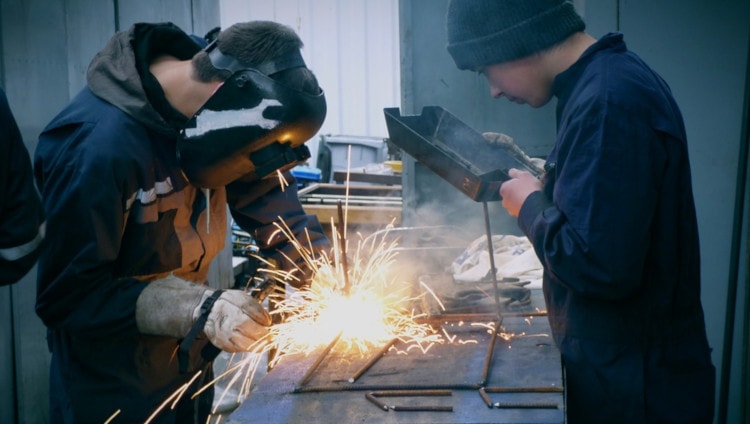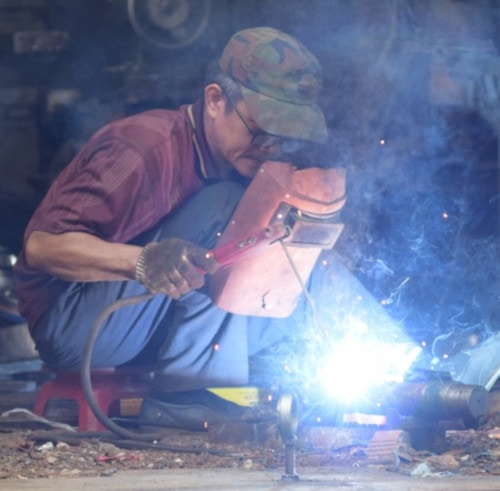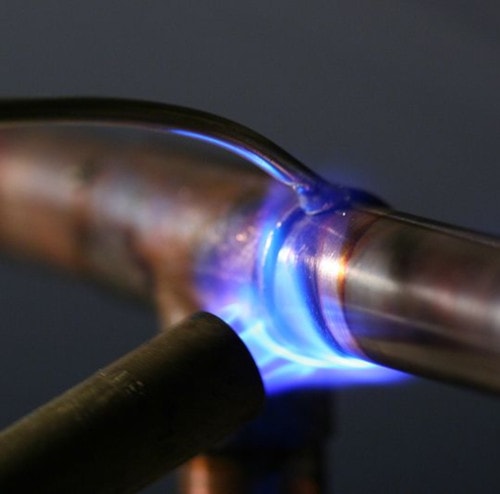Brazing vs Soldering vs Welding: What’s the Difference?
Last Updated on

For the rookie metal worker, there is a bevy of options when it comes to joining two pieces together. For most, the quick solution for sticking things together is welding. When you hear of metal being brazed or soldered, a question might arise: what are the differences? Let’s take a minute to examine what these processes really are, and which one you need to complete your project!
What is Welding?
The textbook definition of welding is:
“A joining process that produces coalescence of materials by heating them to the welding temperature, with or without pressure or by the application of pressure alone, and with or without the use of filler metal.”
– Welding Principles and Application, Larry Jeffus

Now that’s all well and good, but what the heck does that MEAN? In basic terms, to weld means you join the metals together by heating and melting them. It’s important to note that melting has to be involved. Filler + Base = Melted. You are making two pieces of metal become one. It’s like a wedding that takes place inside a volcano: pretty, but hot and dangerous.
This tells us that a significant amount of heat is needed in order to liquefy the base material. This gives us our first distinction between welding and brazing or soldering.
There are 3 popular types of welding. TIG, MIG and Stick welding.
What Are Brazing and Soldering?
Again, let’s turn to the textbook:
“Soldering and Brazing are liquid-solid phase bonding processes. Liquid means that the filler metal is melted; solid means that the base material isn’t melted.”
– Welding Principles and Application, Larry Jeffus

This one isn’t nearly as confusing at first blush. Filler = Melted; Base = Not Melted. We could also refer to these processes as essentially “gluing” the metal together. If you were to glue two pieces of paper together, you would typically need to have a liquid glue and solid paper. (Unless you use glue sticks, but those are awful. Don’t use those.)
But if brazing and soldering have the same definition, then why two different names? This is even easier: soldering happens below 842 degrees F, and brazing happens above 842 degrees. Note that neither of these temperature requirements is quite high enough to melt most metals.
Conclusion: Brazing vs Soldering vs Welding
Both these definitions make it simple to distinguish welding, brazing, and soldering. Of course, this leads to more questions: How do I know which process to use? What equipment is necessary? Is one better than another? Did the volcano wedding have a nice reception? We dive into these and many other welding topics here at waterwelders.com.
